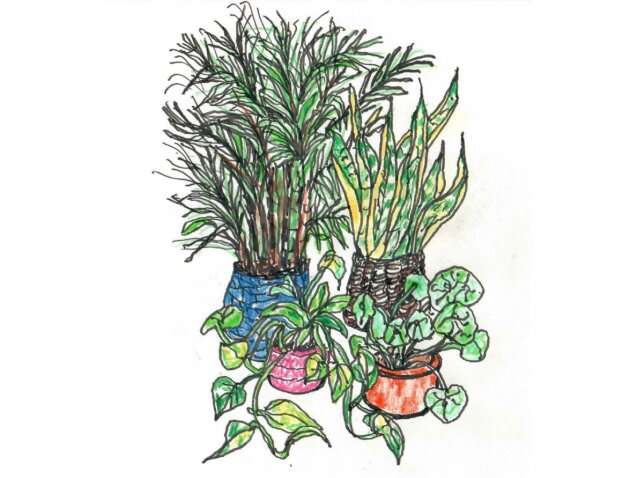What can we do to preserve our cleaner air?

In the past weeks, there have been dozens of scientific papers and thousands of news articles that focus on the links between this pandemic and air pollution. Dramatic work lockdowns and decreases in travel and in industry have significantly reduced air pollution to unexpectedly low levels. Major cities that suffer from the world's worst air pollution have seen reductions of deadly particulate matter by up to 60 percent from the previous year. Cities studied, including New Delhi, Seoul, Tel Aviv, Wuhan and Mumbai, saw significant improvements in air quality as a result of the quarantines. Satellite images of the U.S. have revealed dramatic changes across the country and especially in the northeast. People in India can see the Himalayas for the first time in decades as the lockdown eases air pollution.
One important and harmful particulate in air pollution is known as PM 2.5—a particulate matter composed of inhalable particles with diameters that are less than 2.5 micrometers. This pollutant is considered particularly dangerous as it can lodge deep into the lungs and pass into other organs and the bloodstream, causing serious health risks. Several reports have suggested that the high level of this and other pollutants in Northern Italy may be one factor contributing to the high level of lethality recorded in that area. In England, other studies report that London, the Midlands and the northwest had the highest levels of nitrogen oxides as well as higher numbers of coronavirus deaths.
Equally important are the reports showing that viral infectivity decreases as pollution decreases and having fewer polluting materials in the air will help curb the spread of COVID-19. Many studies have shown that viral infectivity is greater in polluted cities than in unpolluted rural regions with similar population densities.
When quarantines are lifted there could be a rapid return of air pollution to our major cities. Unfortunately, it is unlikely that governments around the globe will initiate more laws and regulations to maintain the improvement in our climate or the reduction in air pollution in the immediate future. Several governments are moving under the cover of COVID-19 to give industry a break and weaken clean air standards. In the U.S., the Environmental Protection Agency (EPA) is accelerating its radical relaxation of regulation as the pandemic proliferates.
However, the millions of people who are practicing quarantines and social distancing have the capacity to do something on a personal level that addresses future air pollution. For example, some of us who are homeowners may realize that the recovery stage is a good time to convert our homes to solar or wind power to reduce our need for fossil fuels. Many U.S. companies and state governments are offering financial incentives to mitigate these costs and reduce our gas and electric bills. For example, Ubiquitous Energy has developed transparent solar cells to create its ClearView Power windows, a kind of "solar glass" that can turn sunlight into energy without needing the bluish-grey opaque panels those cells are generally associated with. Fourteen states and Puerto Rico offer their own tax credits or deductions. New York, for example, adds an additional 25 percent personal tax credit for home solar panels.
NASA and other organizations have conducted studies that show the rise of many indoor volatile organic compounds promote asthma, nausea, cancer, and various respiratory illnesses. Equally important in these studies is the finding that certain indoor plants can dramatically remove indoor air pollutants. Some of these plants that NASA recommends include areca palm or butterfly palm, snake plant, and money plant or devil's ivy (see illustration). As we are in temporary isolation in our homes or apartments, why not bring some of these plants into your living spaces?
Fill your homes and apartments with these easy to care for plants. These plants will help remove indoor air pollutants and generate a positive effect on human health. Safety first, of course: if you have a pollen allergy, consult your doctor before filling your home with plants.
For people who have outdoor gardens, call your local botanical gardens to ask what types of air-cleaning bushes or trees are the best to plant in your homes and gardens for your locality. Choose plants and bushes that grow rapidly.
Not only does air pollution increase the risks of contracting infectious viral respiratory illnesses, it also increases the risk of asthma and heart disease. While some of us will try to advocate for better air-cleaning legislation, all of us can be proactive and do something small, but positive, to try to come out of quarantine with cleaner homes and gardens. In these efforts to help clean our beautiful world, maybe we can even reduce the spread of viral pandemics by leaving us and our descendants with healthier lungs from breathing cleaner air.
Provided by Earth Institute at Columbia University
This story is republished courtesy of Earth Institute, Columbia University http://blogs.ei.columbia.edu.


















